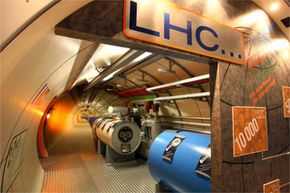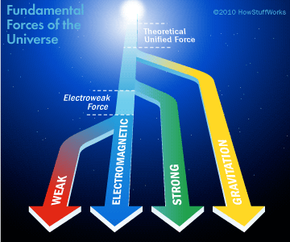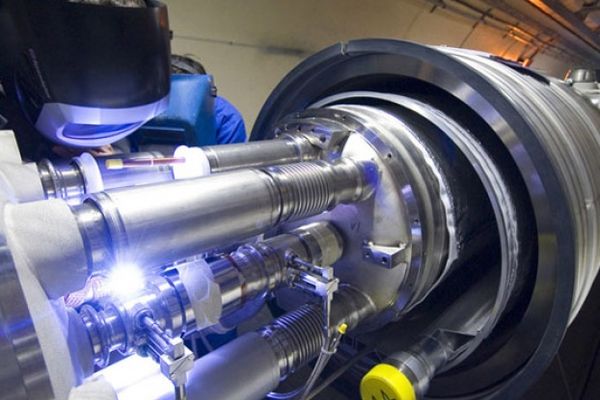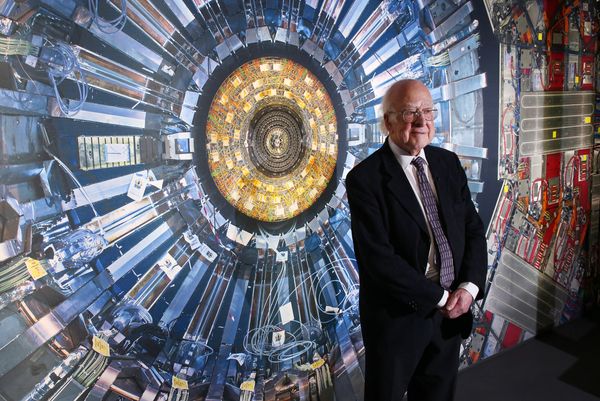Particle physics usually has a hard time competing with politics andcelebrity gossipfor headlines, but theHiggs bosonhas garnered some serious attention. That's exactly what happened on July 4, 2012, though, when scientists at CERN announced that they'd found a particle that behaved the way they expect the Higgs boson to behave. Maybe the famed boson's grand and controversial nickname, the "God Particle," has kept media outlets buzzing. Then again, the intriguing possibility that the Higgs boson is responsible for all the mass in the universe rather captures the imagination, too. Or perhaps we're simply excited to learn more about our world, and we know that if the Higgs boson does exist, we'll unravel the mystery a little more.
In order to truly understand what the Higgs boson is, however, we need to examine one of the most prominent theories describing the way the cosmos works: thestandard model。该模型涉及到我们的方式particle physics, a field filled with physicists dedicated to reducing our complicated universe to its most basic building blocks. It's a challenge we've been tackling for centuries, and we've made a lot of progress. First we discovered atoms, then protons, neutrons and electrons, and finally quarks and leptons (more on those later). But the universe doesn't only contain matter; it also contains forces that act upon that matter. The standard model has given us more insight into the types of matter and forces than perhaps any other theory we have.
Advertisement
Here's the gist of the standard model, which was developed in the early 1970s: Our entire universe is made of 12 different matter particles and four forces [source:European Organization for Nuclear Research]. Among those 12 particles, you'll encounter six quarks and six leptons.Quarksmake up protons and neutrons, while members of theleptonfamily include the electron and the electronneutrino, its neutrally charged counterpart. Scientists think that leptons and quarks are indivisible; that you can't break them apart into smaller particles. Along with all those particles, the standard model also acknowledges four forces:gravity, electromagnetic, strong and weak.
As theories go, the standard model has been very effective, aside from its failure to fit in gravity. Armed with it, physicists have predicted the existence of certain particles years before they were verified empirically. Unfortunately, the model still has another missing piece -- the Higgs boson. What is it, and why is it necessary for the universe the standard model describes to work? Let's find out.
Advertisement







